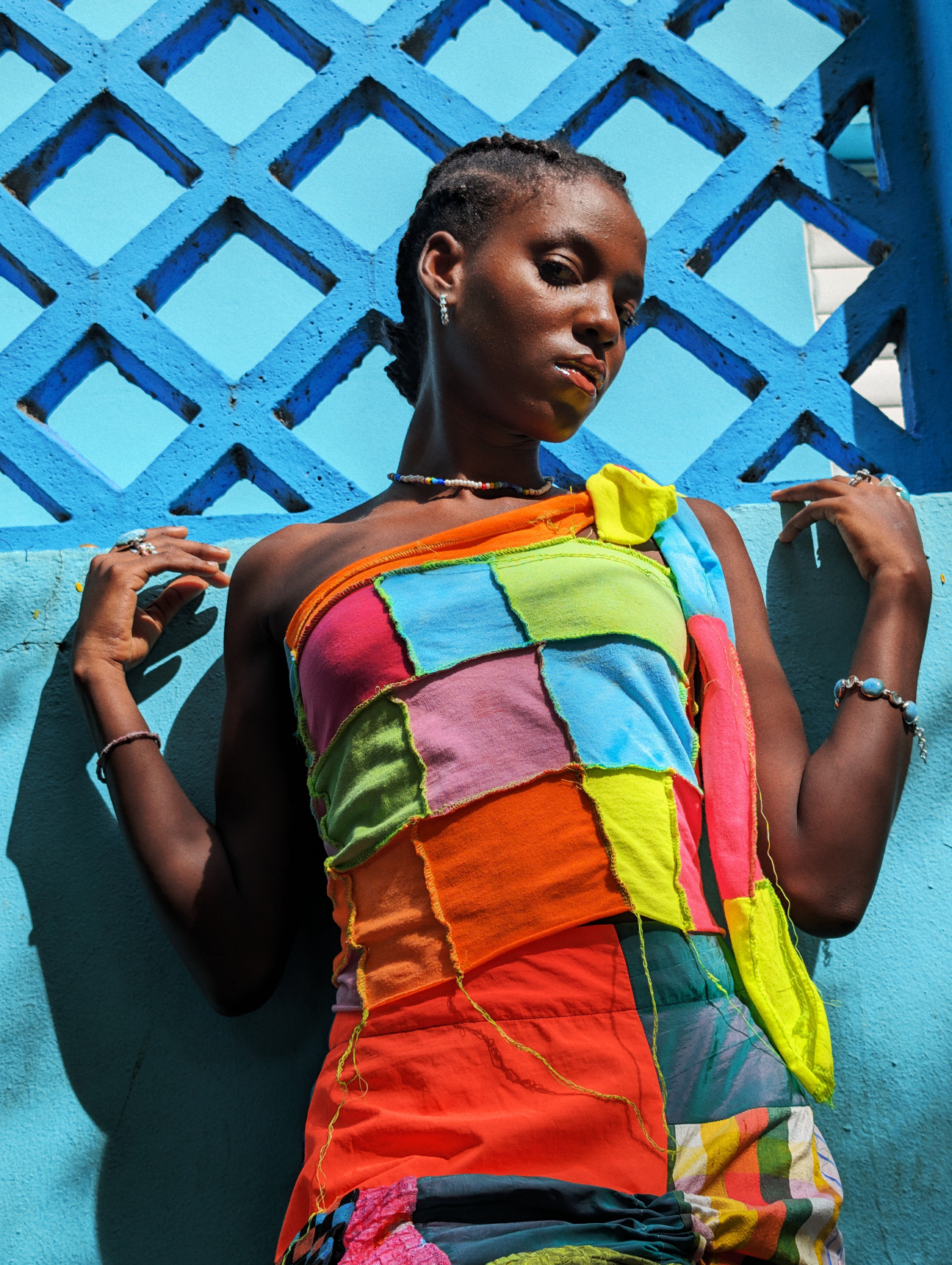
Clothes are often a person’s first act of creative expression. Perhaps it’s not surprising, then, that many artists have cultivated a sartorial trademark alongside a signature artistic style. Georgia O’Keeffe’s handmade wardrobe was so essential to her life and practice that, in 2017, the Brooklyn Museum staged an entire exhibition dedicated to the relationship between her clothing and her paintings. Few think of Frida Kahlo without conjuring an image of her traditional Tehuana-influenced uniform or imagine Yayoi Kusama in anything other than polka dots.
Yet, more often than not, an artist’s attire is considered just that—something between an idiosyncrasy and a prelude to the main event. Today, however, there is an increasing convergence between fashion and art that goes beyond Jeff Koons x Louis Vuitton handbags and artist-inspired runway shows. For a growing group of visual artists, clothing is as much the medium as it is the message.
Consider the Brooklyn-based Susan Cianciolo, who had her own fashion line, Run, from 1995 to 2001, before burning out on the industry and refocusing her attention on visual art. She still makes clothing, but her runway shows have relocated to galleries, where they feel more like performance than industry ritual. Then there is the Joshua Tree–based Andrea Zittel, who has made clothing for the past three decades as part of her life-is-art approach to creating, and whose 2023 show at Regen Projects presented a selection from her handmade “A–Z Personal Uniforms” series, which she wears exclusively for a season before moving on to the next iteration.
Cianciolo and Zittel have gained relatively broad art-world recognition, but there’s a burgeoning number of artists working with clothing in equally thought-provoking ways who aren’t quite as well known. Aya Brown, Camilla Carper, Ines Doujak, and the collective Tiempo de Zafra use clothing to create conversations and make art approachable. Hungry for direct communication with their audiences, they find that the tactile immediacy of clothing fosters the kind of intimate connection that is often lost in a gallery or museum. And for those with a background in design, working in an art context allows for slow, sustained engagement that evades the fast-paced production pipeline of commercial fashion.
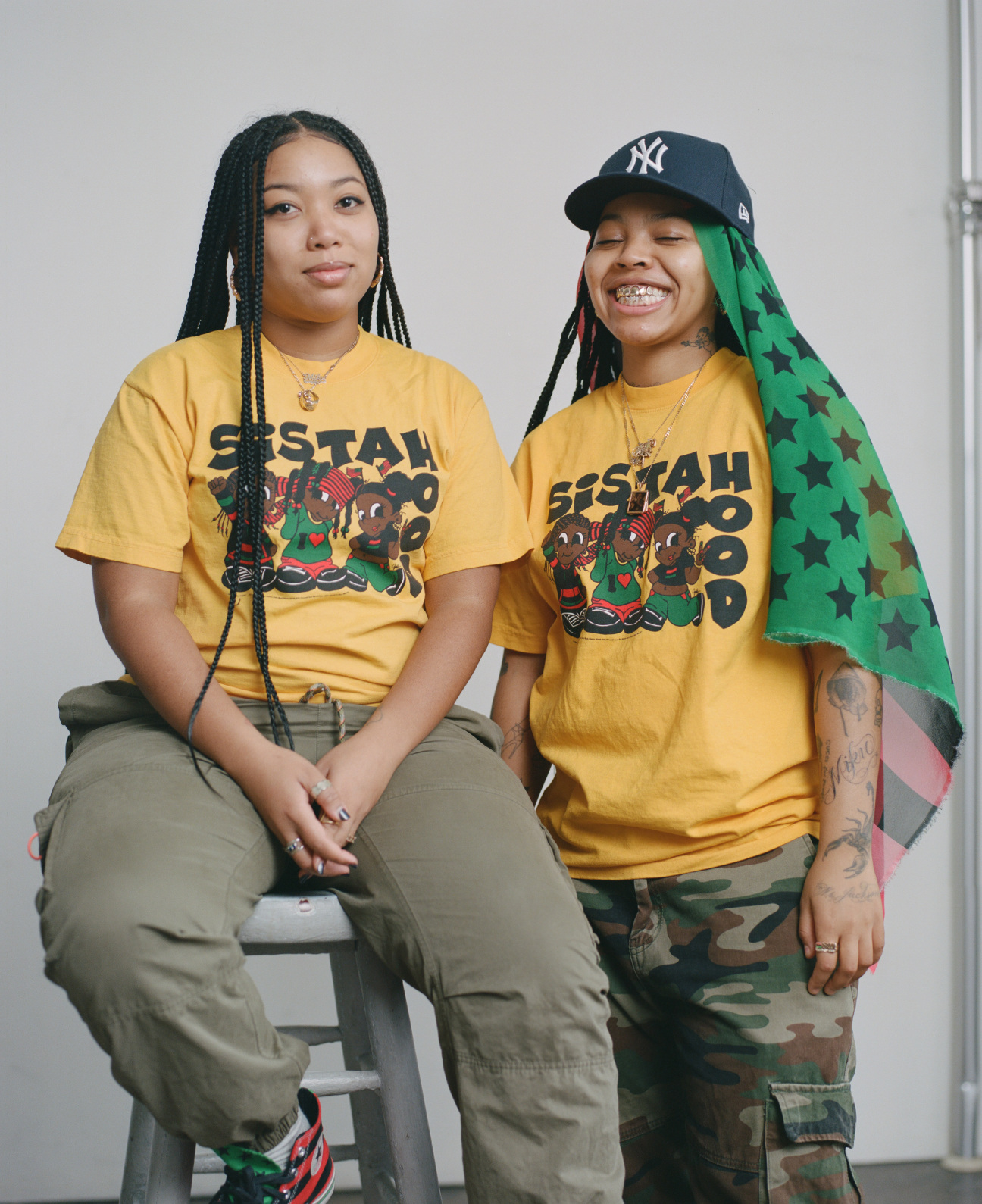
The Brooklyn-born artist Aya Brown first became aware of the power of clothing as a child attending church, where her grandmother would orchestrate an unofficial fashion show through the pews. Now, Brown makes paintings and drawings that feature people from her community—family, friends, essential workers, and Black lesbians. She also prints her designs on T-shirts, hoodies, and hats that she sells directly from her website and that frequently sell out in seconds. Brown sees little separation between making a painting and making a piece of clothing, beyond the fact that “clothing is something my community can afford.”
Accessibility is also a reason multidisciplinary Austrian artist Ines Doujak brings clothing into her exhibitions. For her show at the New York nonprofit CARA earlier this year, Doujak had a whole rack of couture fashion, which visitors were invited to try on and then wear in a parade through downtown Manhattan. “The outreach to the audiences is completely different with clothing—it’s a very low barrier,” she explains. “People are allowed to touch and they learn through the materials … Everyone knows how to shop.” Doujak’s early forays into making clothing were a sort of irreverent mimicry of the fashion world, with boutiques, like concept stores, set up within an exhibition space. As she realized the power of the format, her approach shifted from a critique to an embrace.

There’s also a political layer to Doujak’s use of clothing. The granddaughter of a tailor, Doujak began collecting and studying textiles 40 years ago, while traveling in the Andes. More recently, her research has expanded to consider the economic and social implications of textile production. “Increased productivity always leads to fires in factories. It’s very important for people to understand that certain things are structural; they are not coincidences. Someone is profiting and someone is paying,” she says. Doujak’s boutiques often feature direct references to political and social issues, such as figurines of looters inspired in part by a 2011 riot in London. Doujak hopes such works will make people think more deeply about ideas of ownership, theft, and resource distribution.
For the collective Tiempo de Zafra (TDZ), issues of production (and overproduction) are front of mind. Originally based in New York, Stephanie Bezarra Rodrigues and Edgar Alejandro Garrido first collaborated on an installation of clothing made from dollar-store materials at an outdoormarket in Washington Heights. “We weren’t really selling anything,” explains Garrido. “It was more about being a part of this informal vending because it was so inspiring to us.”
In 2017, the duo moved to Santo Domingo and set up a creative hub in the city. Though their backgrounds are in fashion, they have approached making in a manner that many would consider art. Every piece of clothing TDZ crafts is one-of-a-kind. “Working with found objects was a response to our environment,” says Rodrigues. “We live so close to the Caribbean, but it’s not a swimmable beach. There is so much stuff washing up, [so] we started working with it.”
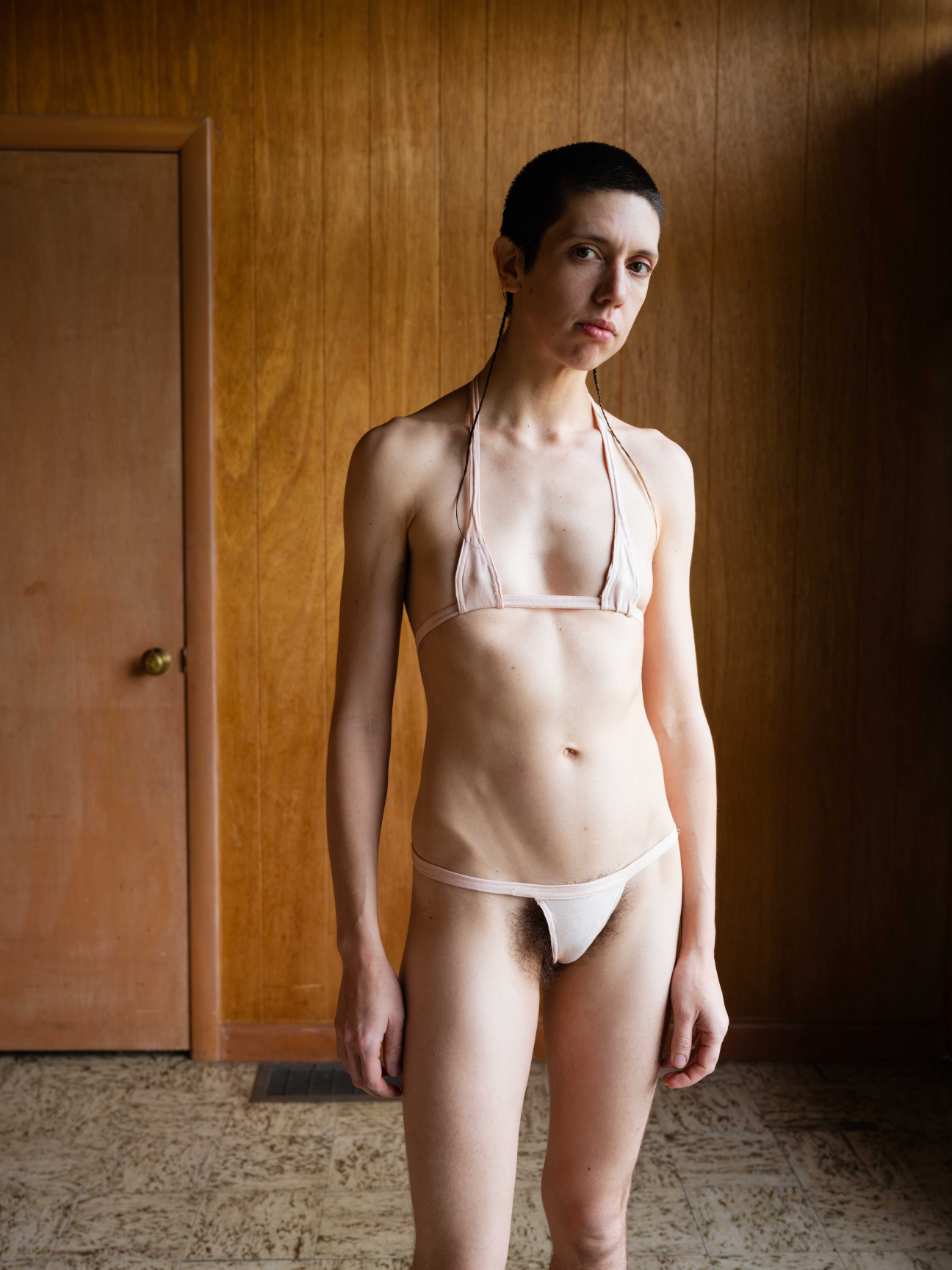
The Brooklyn-based artist Camilla Carper also started out in fashion and moved into conceptual performance. When they answered the door of their Carroll Gardens apartment for our interview, I was both surprised and not surprised to find them wearing nothing more than a tiny flesh-toned thong and matching inch-wide nipple coverings. The outfit was part of a summer-long participatory performance that involved Carper wearing as little clothing as they feel comfortable with in a given setting; our encounter proved extremely comfortable.
“Clothing is always the thing creating space to do these projects—it’s what makes it a performance,” they explain. Carper is interested in the line between clothing and object and how the message inherent in each is received by the public. “Wearing this”—Carper points to the patches of fabric on their body—“and holding a bag from REI, nobody is going to be bothered by me because I’m participating in society and consumerism.”
Carper makes one work each season for Lydia Rodrigues’s LRCHQEV, a shop featuring pieces by artists and independent designers. Otherwise, the clothing Carper makes serves as a means of engaging an audience and creating an experience rather than a product. Like many of their peers, their interest in clothing is about the conversations it opens, not the revenue it generates.
For artists interested in communing with audiences outside the art world, clothing is an ideal medium. It doesn’t require people to seek it out, and even the most art-averse have opinions about it. The physical undeniability of its existence is a counter to our digital lives, placing something in our faces—or on our bodies—that we have no choice but to consider.



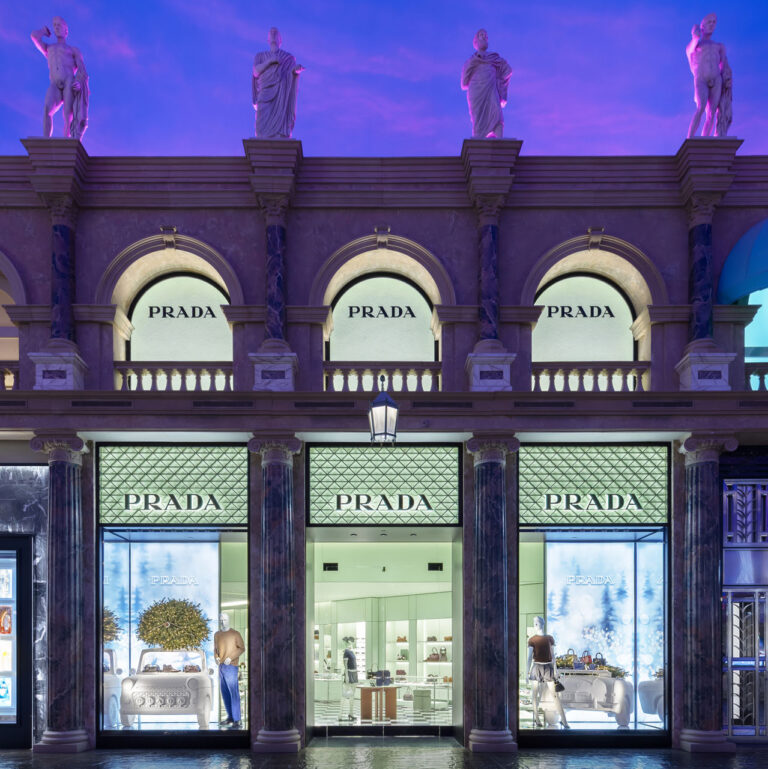


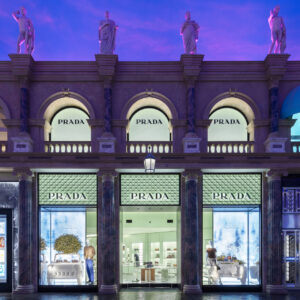



 in your life?
in your life?

